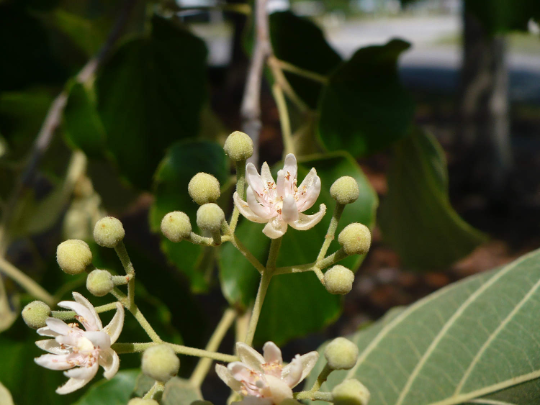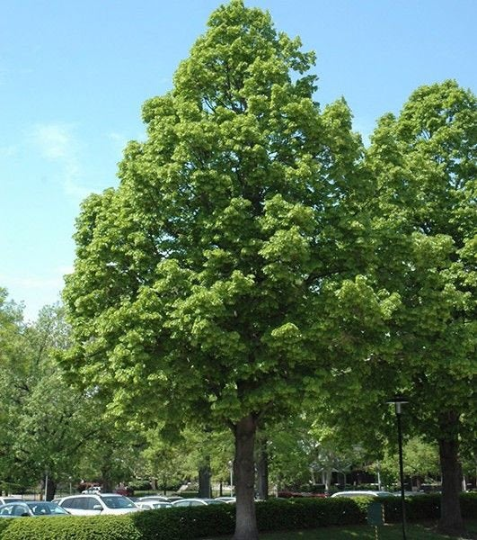Floridaseeds
Basswood American Linden Tilia americana 20 Seeds USA Company
Basswood American Linden Tilia americana 20 Seeds USA Company
Couldn't load pickup availability
Tilia americana, commonly known as American basswood, American linden, or simply basswood, is a species of deciduous tree native to eastern North America. It belongs to the genus Tilia in the family Malvaceae.
American basswood typically grows to a height of 18-37 meters (60-120 feet) and has a rounded or pyramidal crown. The bark is grayish-brown and deeply furrowed, becoming more rugged with age.
The leaves of Tilia americana are alternate, simple, and broadly ovate with serrated margins. They are dark green on the upper surface and lighter green underneath. In the fall, the leaves turn yellow before dropping from the tree.
During late spring to early summer, American basswood produces small, fragrant, pale yellow flowers arranged in drooping clusters. These flowers are attractive to bees and other pollinators and produce abundant nectar, making basswood honey highly prized. The flowers are followed by small, round, nut-like fruits.
American basswood prefers moist, well-drained soils and can tolerate a range of soil types, including clay and loam. It thrives in full sun to partial shade and is relatively tolerant of urban pollution.
The wood of Tilia americana is lightweight, soft, and easily worked, making it valuable for carving, furniture making, and musical instrument construction.
Growing Instructions for the Basswood
The seeds have a period of dormancy. They can be planted outdoors in the fall or winter for spring germination or they can be cold stratified to simulate winter conditions and to break their dormancy at any time of the year. 1. Place the seeds in a plastic bag and seal it. Store the bag in a refrigerator for 3 months. 2. The seeds like moist, well-drained soil. Fill a pot with a mixture of half potting soil and half sand or vermiculite. Water the mixture so that it is moist but not wet. 3. Sow the seeds on the soil and cover them with a thin layer of soil. 4. Water the container and leave it to drain. 5. Put the pot in a warm, sunny area. 6. Water the pot regularly so that the soil is moist but not wet. 7. The seedlings can be transplanted when they are a few inches tall.
Materials
Materials
Shipping & Returns
Shipping & Returns
Dimensions
Dimensions
Care Instructions
Care Instructions
Share











